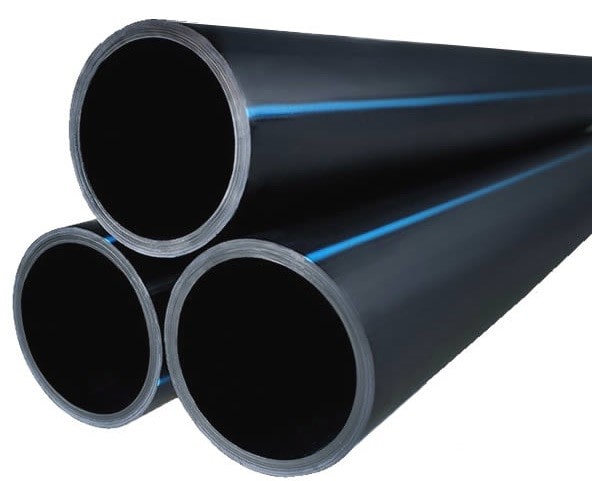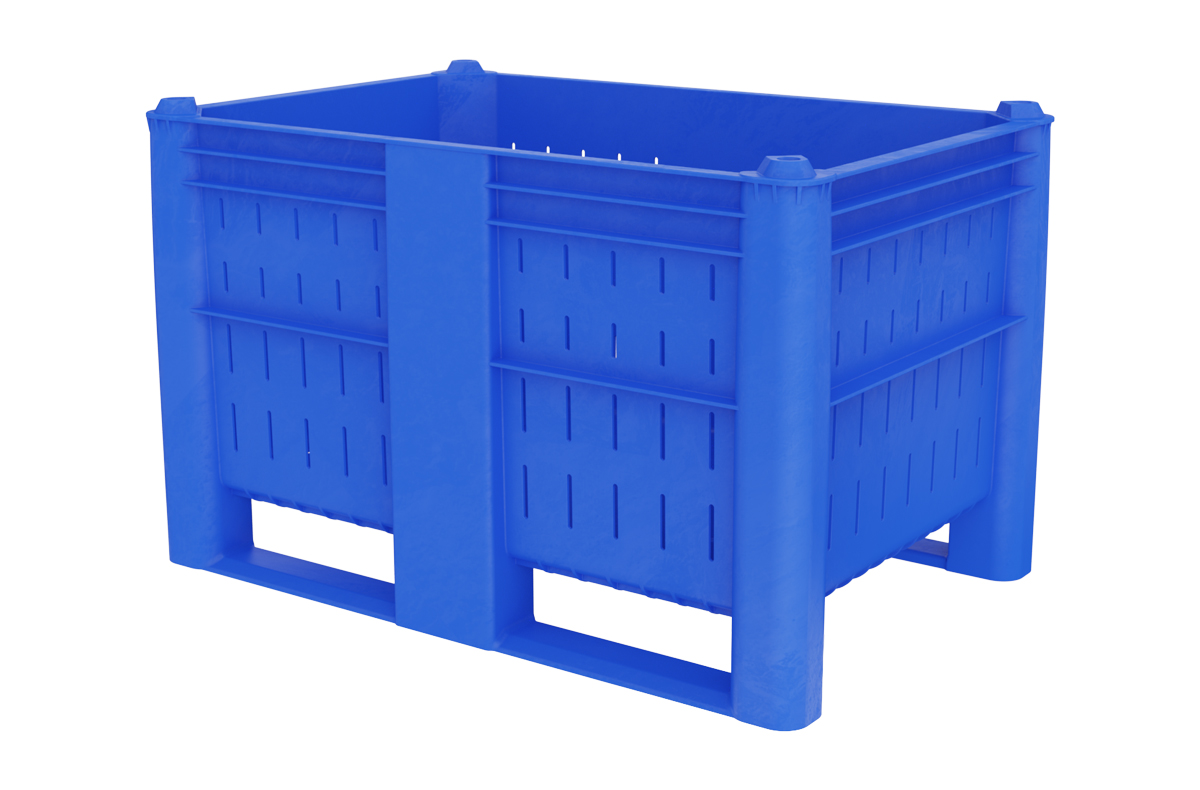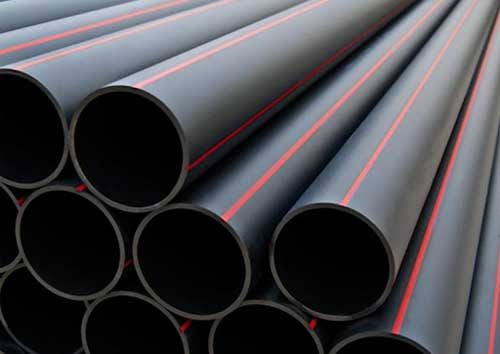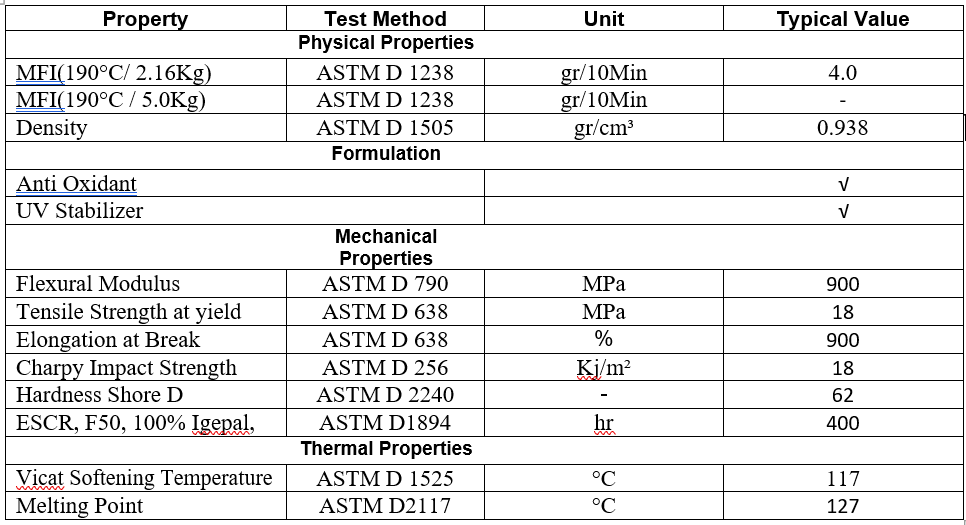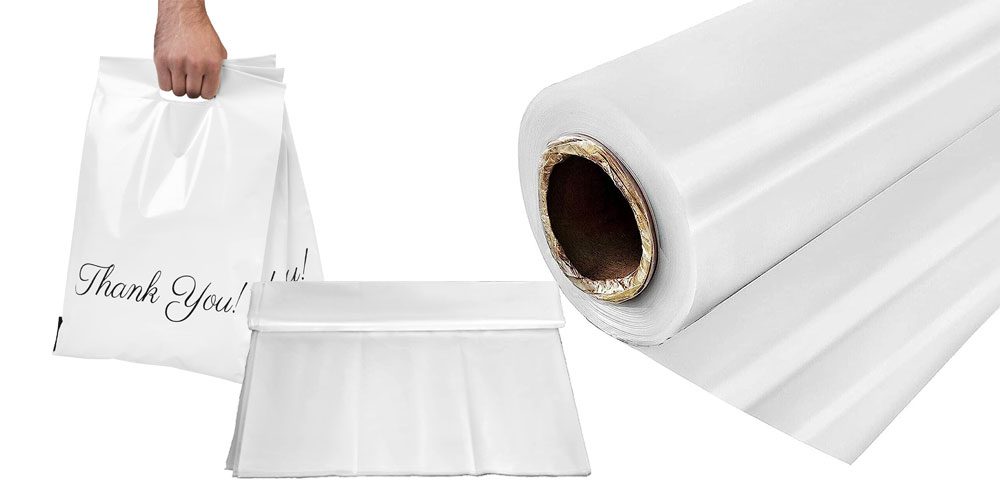Полипропилен (ПП) — это разновидность проолефина, который немного тверже полиэтилена. Полипропилен – товарный пластик низкой плотности, устойчивый к высоким температурам. ПП имеет высокую температуру плавления, долговечность и высокую несущую способность.
Его компаунд можно использовать вместо полипропилена (ПП). Разница между компаундом и маточной смесью заключается в их применении: компаунд используется для производства конечного продукта, а маточная смесь придает полимерному сырью особые свойства.
Применение полипропилена (ПП)
Среди применений полипропилена можно упомянуть использование в упаковке, автомобилях, потребительских товарах, медицине и литейных пленках, а его химическая формула – (C3H6)n. Он также используется в выдувном формовании, литьевом формовании, производстве текстиля и труб.
Полипропилен и полиэтилен имеют сходство по внешнему виду и физическим свойствам, но они совершенно различны по применению, процессу производства и химической структуре. Важные различия между этими двумя материалами были полностью и частично рассмотрены.
Полипропилен (ПП) делится на две категории: гомополимер и сополимер полипропилена. Далее были проверены:
Полипропиленовый гомополимер
Это термопластичные смолы, которые производятся путем полимеризации пропилена с помощью катализаторов Циглера-Натта. Гомополимеры можно использовать в различных технологиях обработки, таких как литье под давлением, выдувное формование, пленка, волокно, экструзия листов и термическое формование.
В дополнение к вышеуказанным применениям, гомополимерный полипропилен PPH обладает такими характеристиками, как более высокое соотношение прочности к весу, более длительный срок службы и большая жесткость материала по сравнению с сополимером полипропилена, а также для применений, требующих хорошей устойчивости к ударам, коррозии и химикатам. Он требует хорошей свариваемости и технологичности.
"Z 30 s"

Полипропиленовый сополимер
Сополимеры имеют второй мономер этилен, который увеличивает ударную вязкость по сравнению с гомополимером полипропилена. Ключевыми свойствами сополимера полипропилена являются высокая ударная вязкость, хорошая химическая стойкость, лучшая стойкость к растрескиванию при низких температурах и повышенная гибкость.
Сополимер полипропилена можно использовать в таких случаях, как изготовление автомобильных деталей, контейнеров, упаковки и бытовых товаров. Он также широко используется при литье под давлением различных деталей и медицинских устройств.
"Moplen EPD60R"

Полипропилен (ПП) — это легкий, твердый, жесткий и кристаллический термопластик, который выпускается в различных формах. Среди преимуществ полипропилена — его температура плавления, плотность, химическая стойкость и воспламеняемость. Полипропилен также доступен в форме соединения, что важно для определения качества соединения по сравнению с низким качеством конечного продукта.
Для получения дополнительной информации вы можете связаться с нами по нашему адресу и контактному номеру.
Похожие сообщения:
?Что такое полимерное сырье/www.wci-polimer.com
Что такое полиэтилен?/www.wci-polimer.com
- ۰ ۰
- ۰ نظر







